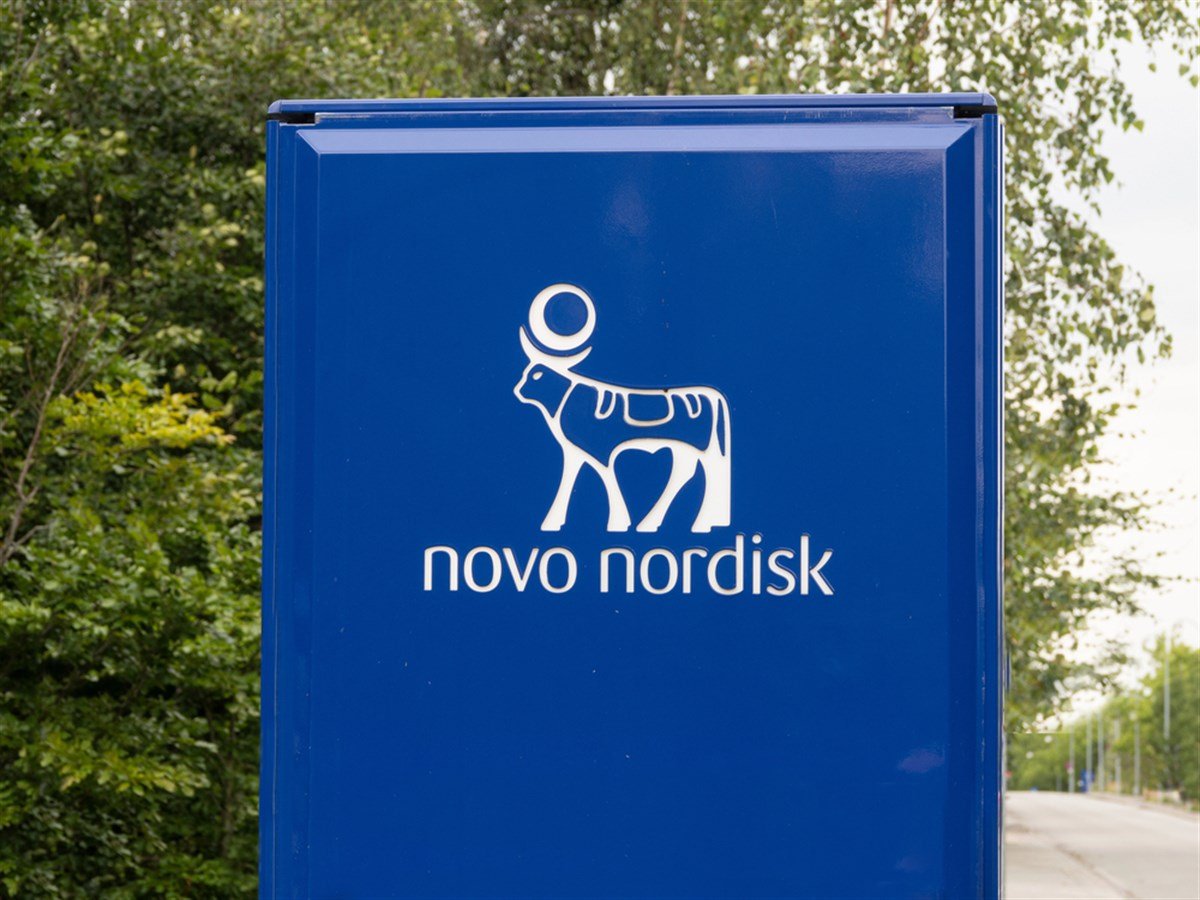GM's Billion-Dollar Bruise: GM's Strategic Pivot Makes It a Buy

General Motors (NYSE: GM) announced on Oct. 14 that it will take a significant $1.6 billion charge in its third-quarter earnings report results, a move directly tied to a strategic realignment of its electric vehicle (EV) production plans. On the surface, a billion-dollar write-down often signals trouble, and the news caused initial hesitation among investors.
However, the story runs much deeper for a company trading at a modest nine times trailing earnings with a steady 1.05% dividend yield.
This move is not a sign of failure but a display of proactive leadership, adapting to a fluid market. Investors should consider this a hallmark of a resilient and well-run company. While the headline number is substantial, the logic behind it suggests a disciplined pivot toward profitability that benefits shareholders in the long run.
For investors, understanding the reason behind this charge is key to recognizing the opportunity this strategy change presents.
A Strategic Retreat: Prioritizing Profit Over Production
The $1.6 billion charge is a calculated business decision, not an unexpected loss. The figure has two main components: a non-cash impairment of approximately $1.2 billion for underutilized EV-related assets and about $400 million in cash costs to exit specific supplier contracts.
This action directly and logically responds to two key market shifts impacting the entire auto industry. First, the rapid, government-incentivized growth in EV adoption has begun to moderate to a more sustainable, albeit slower, pace.
Second, the expiration of federal EV tax credits had removed a significant purchasing incentive for many consumers in the near term.
Faced with these realities, GM is choosing fiscal discipline over blind ambition. Instead of building vehicles at a loss simply to meet previous volume targets, the company is adjusting its production schedule to match actual consumer demand.
This strategic pivot prevents the costly mistake of overproducing vehicles that could end up sitting on lots, eroding margins and tying up valuable cash. By taking this charge now, GM is effectively prioritizing the long-term profitability of its EV division over short-term production numbers.
The ICE Business Powering the Pivot
General Motors' ability to make such a significant strategic adjustment in its emerging EV business is underwritten by its core operations' immense and consistent power. The company's portfolio of traditional internal combustion engine (ICE) vehicles remains dominant, generating the cash flow needed to fund its future and reward its shareholders. The strength of this profit engine was on full display in the most recent sales data.
- Powerful Sales Momentum: In the third quarter, GM's U.S. vehicle sales surged by 8% year-over-year. Through the first nine months of 2025, sales are up 10% to 2.2 million vehicles, demonstrating powerful and sustained consumer demand.
- Dominance in High-Margin Segments: GM continues its decades-long reign in the most profitable corners of the auto market. It is on track to lead the U.S. full-size pickup market for the sixth consecutive year, commanding roughly 40% of the market. Its leadership in the full-size SUV segment is even more pronounced, where it is poised to top the market for an incredible 51st consecutive year with approximately 60% market share.
- Broad-Based Brand Strength: This success is not limited to trucks. Buick was the fastest-growing mainstream brand through the first three quarters, and Cadillac recorded its best Q3 sales since 2013.
Building Value Through Discipline and Partnerships
This pivot toward EV profitability is part of a broader corporate strategy focused on fiscal discipline and efficient growth. This is evident not only in how the company is managing its EV transition but also in how it deploys capital globally and returns it to shareholders.
In a forward-thinking move demonstrating capital efficiency, GM recently partnered with Hyundai to co-develop five new vehicles for key markets in the Americas. This collaboration allows both automakers to share development costs and platforms, targeting a combined 800,000 annual vehicle sales once fully scaled. This is an innovative, low-cost strategy to expand market presence.
This operational excellence extends to challenging international markets. In China, GM's joint ventures saw sales increase by 10.1% in Q3, driven by a popular NEV lineup. This success proves the company can compete and win where many rivals have stumbled.
This global profitability translates directly into shareholder value. Management is signaling strong confidence in the company's earnings power by actively returning capital through an ongoing share repurchase program with $4.3 billion in remaining authorization and a consistent, recently increased quarterly dividend.
Opportunity in the Oversell: Why GM's Stock Looks Attractive Now
For investors, the $1.6 billion charge should be viewed not as a liability, but as an investment in a more efficient and profitable future. GM is carefully tuning its EV growth engine for the long haul, powered by the immense cash flow of its ICE business.
This disciplined approach strengthens the company's financial resilience. GM’s analyst community appears to be recognizing this, with analysts at Evercore ISI recently raising their price target on GM stock to $68. Investors should look for further confirmation of this underlying strength during the company's third-quarter earnings call on Oct. 21.
Key items to monitor are the company's full-year guidance, commentary on EBIT-adjusted margins, and the outlook for adjusted automotive free cash flow.
The market's short-term focus on the headline charge may obscure the business's long-term strength, creating what appears to be a compelling entry point for those with a long-term investment horizon.
Learn more about GM


